 Shutterstock
Shutterstock
Many dog owners have noticed their furry friends wiggling their butts more than wagging their tails, and this endearing behavior often sparks curiosity. While tail wagging is commonly associated with excitement and happiness, butt wiggling serves as a unique form of communication for dogs. Understanding why dogs engage in this delightful display helps us appreciate their emotional states and social interactions. From expressing joy to showcasing friendliness, the butt wiggle is a charming canine quirk that adds to the rich tapestry of dog behavior.
The Joyful Wiggle
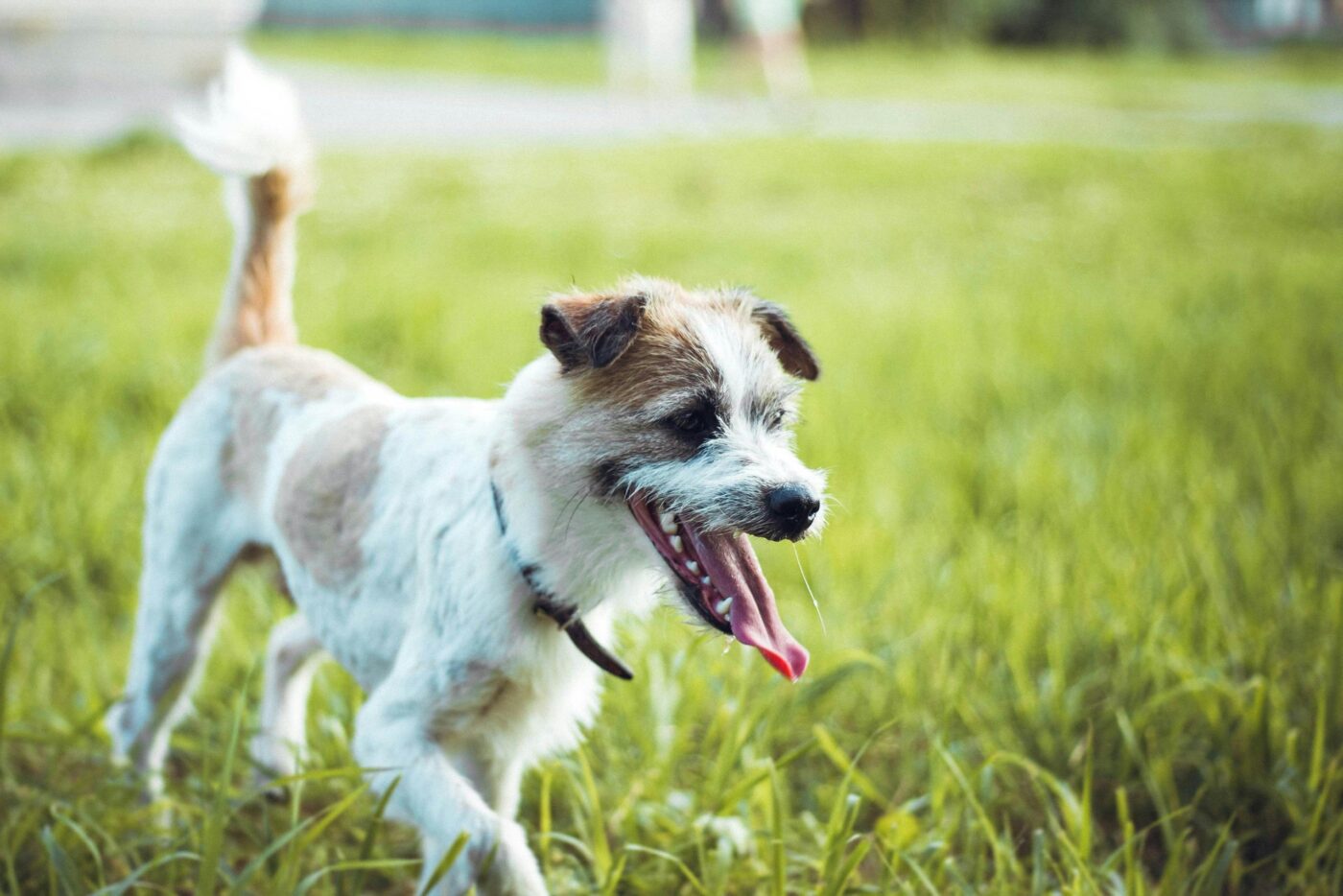 Shutterstock
Shutterstock
One of the primary reasons dogs wiggle their butts is sheer joy. When a dog is excited or happy—whether because of a favorite toy, a beloved human, or a chance to go for a walk—their entire body often responds to that feeling. While the tail may wag vigorously, many dogs instinctively engage their hindquarters, resulting in a full-body shimmy. This butt-wiggling is especially prevalent in breeds that are naturally exuberant and sociable, such as Golden Retrievers or Labradors. The wiggle embodies their excitement and enthusiasm, showcasing just how much they appreciate the moment.
Communication and Social Signals
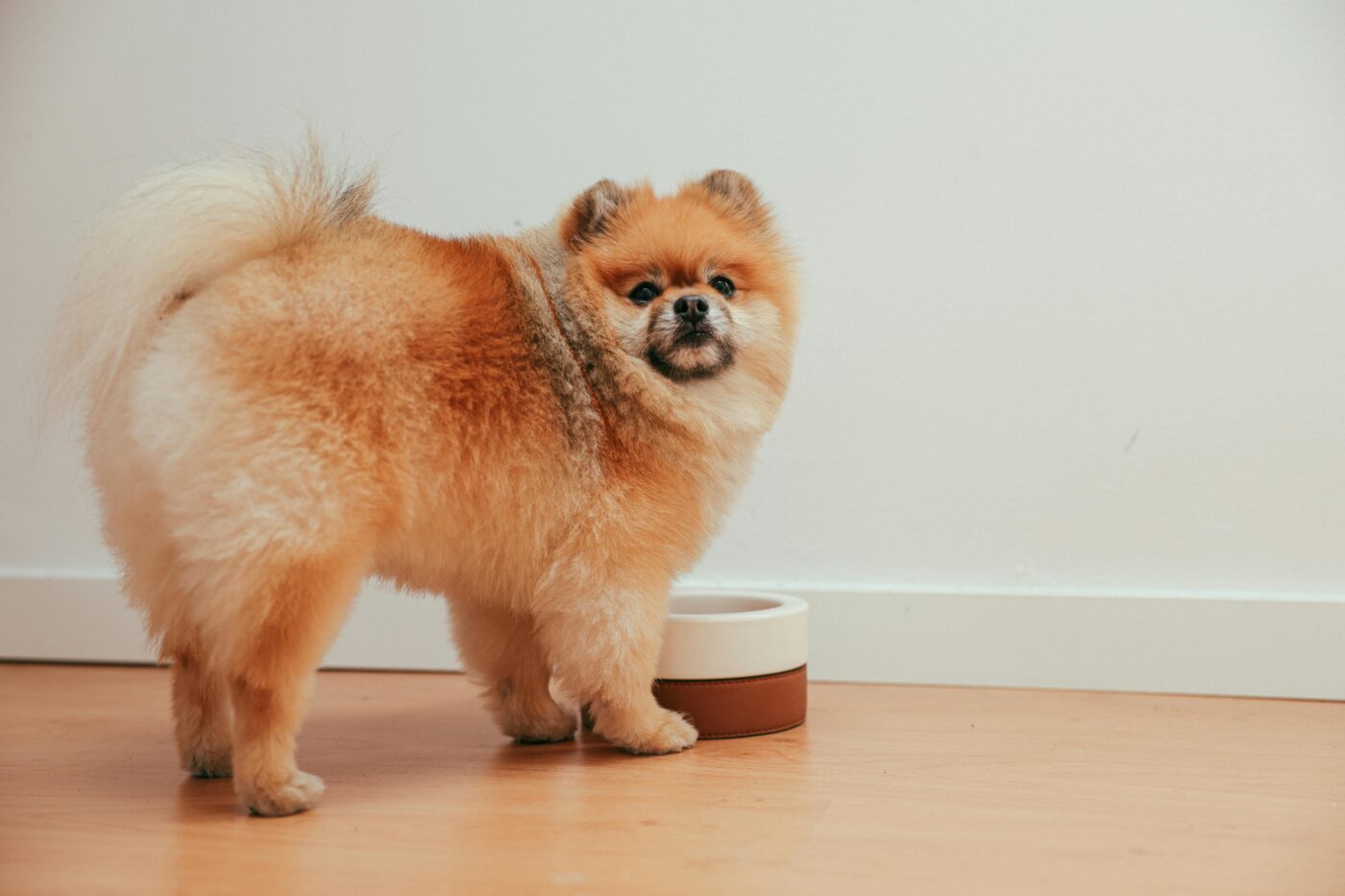 Shutterstock
Shutterstock
Butt wiggling is also a form of communication among dogs. In the canine world, body language is crucial for social interactions. A dog might wiggle its butt to signal friendliness or submission, especially when meeting new dogs or people. This behavior is a non-threatening gesture, indicating that the dog is approachable and not a threat. The wiggling motion can be seen as an invitation to play or interact, helping to foster social bonds. By understanding this behavior, dog owners can better interpret their pets’ feelings and intentions.
The Role of Tail Anatomy
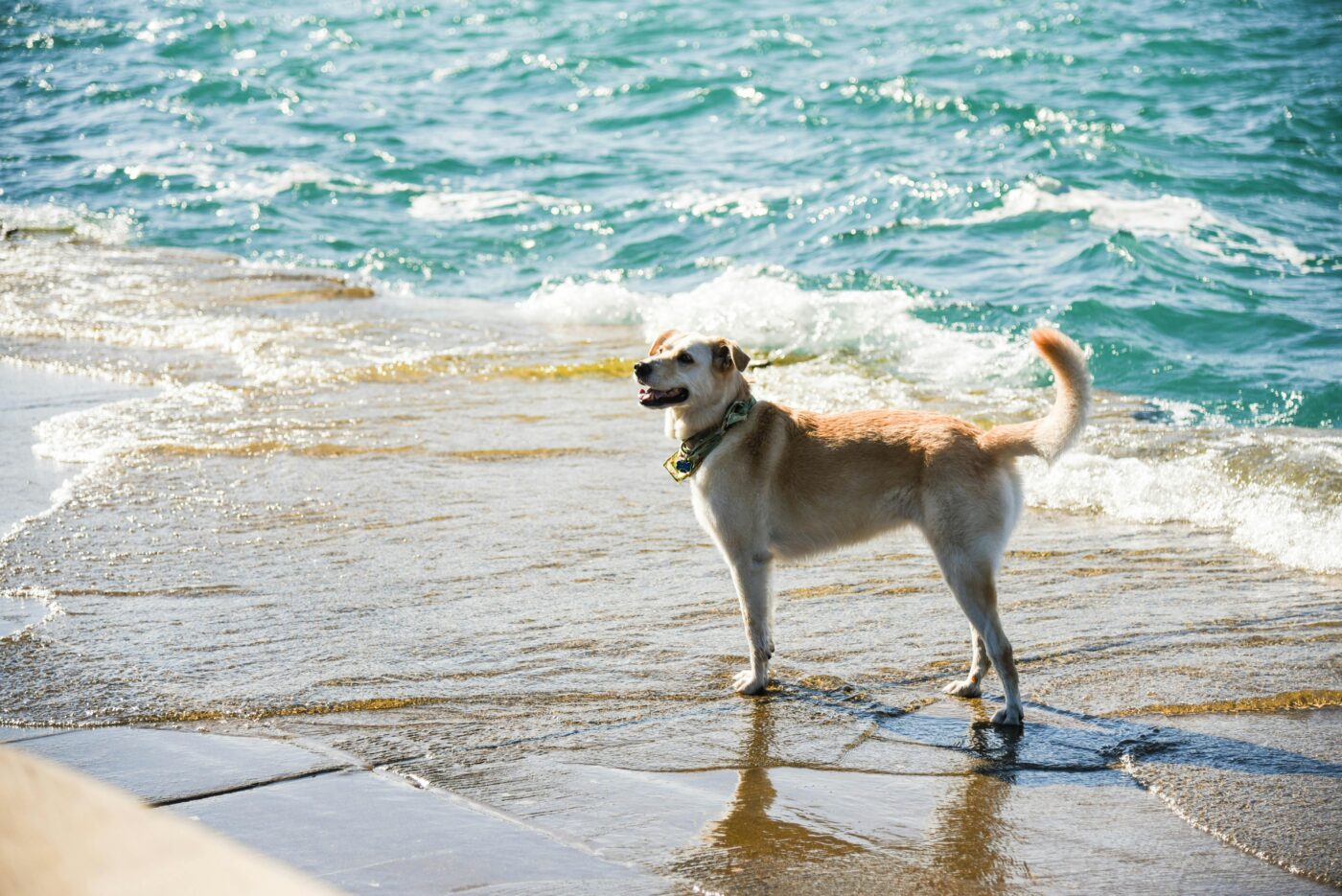 Shutterstock
Shutterstock
Interestingly, the anatomy of a dog’s tail influences how they express themselves. While some dogs have long, flexible tails that can wag with significant force, others possess shorter tails that may not offer the same range of motion. For these dogs, wiggling their butts becomes a more expressive way to convey their feelings. The movement of their hindquarters compensates for a less mobile tail, ensuring they can still communicate their excitement and emotions effectively. This adaptation highlights the versatility of dog behavior and the importance of understanding each individual dog’s unique way of expressing joy.
Instinctual Behavior
 Shutterstock
Shutterstock
Wiggling their butts may also be rooted in instinctual behavior. Dogs are social pack animals, and as part of their evolutionary history, they have developed various ways to communicate with each other. In the wild, dogs would use their bodies to convey information about their mood or intentions. The butt wiggle, particularly when accompanied by other body language signals, maybe a remnant of these instinctual behaviors. This wiggling motion allows dogs to express their emotions without vocalizing, helping to maintain harmony within their social structures.
The Cutest Greeting
 Shutterstock
Shutterstock
Many dog owners have experienced the delightful sight of their furry friend wiggling with joy upon seeing them after a long day. This endearing behavior often occurs at the front door or when a dog is reunited with their human. The butt wiggle serves as a playful greeting, expressing happiness and affection. This moment can be incredibly heartwarming, showcasing the bond between dogs and their owners. The excitement and love that radiate from a wiggly dog reinforce the idea that they truly cherish their human companions.
Enhancing Playtime
 Shutterstock
Shutterstock
Butt wiggling also plays a significant role in enhancing playtime. When dogs engage in play, they often express their excitement through wiggling. This movement not only indicates their eagerness to play but also serves as an invitation for other dogs or humans to join in the fun. The playful butt wiggle can be contagious, encouraging others to participate in the activity. Dogs that wiggle their butts during play are often more likely to engage positively with their companions, creating a joyful and lively atmosphere.
Reaction to Stimuli
 Shutterstock
Shutterstock
Dogs are incredibly responsive to their environment, and butt wiggling can be a reaction to various stimuli. Dogs often express their excitement through this wiggly behavior, whether it’s the sound of a treat bag crinkling, the sight of a squirrel, or the smell of something intriguing. This reaction helps convey their emotional state and can signal to their owners that something exciting is happening. Understanding this aspect of their behavior allows owners to better engage with their dogs and respond appropriately to their needs.
Reinforcing Positive Behavior
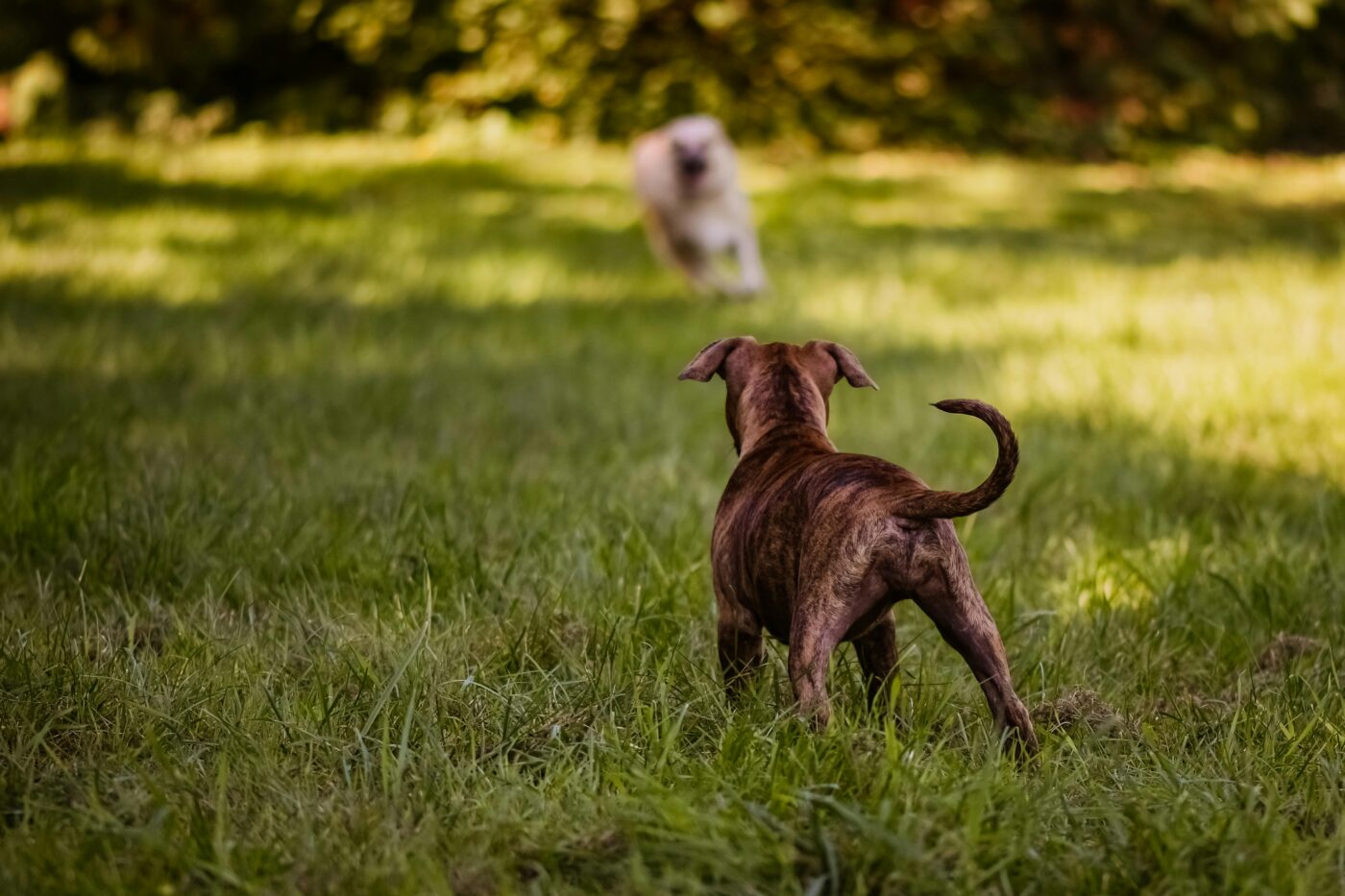 Shutterstock
Shutterstock
Butt wiggling can also reinforce positive behavior in dogs. They may associate this action with positive outcomes when they receive attention or praise while wiggling. This can lead to more frequent wiggling in the future as dogs learn that their joyful displays lead to affection and rewards. Encouraging this behavior strengthens the bond between dogs and their owners and promotes a happy, confident demeanor. Recognizing and rewarding butt wiggling can foster an environment of love and positivity, benefiting both the dog and their human.
The “Happy Dance”
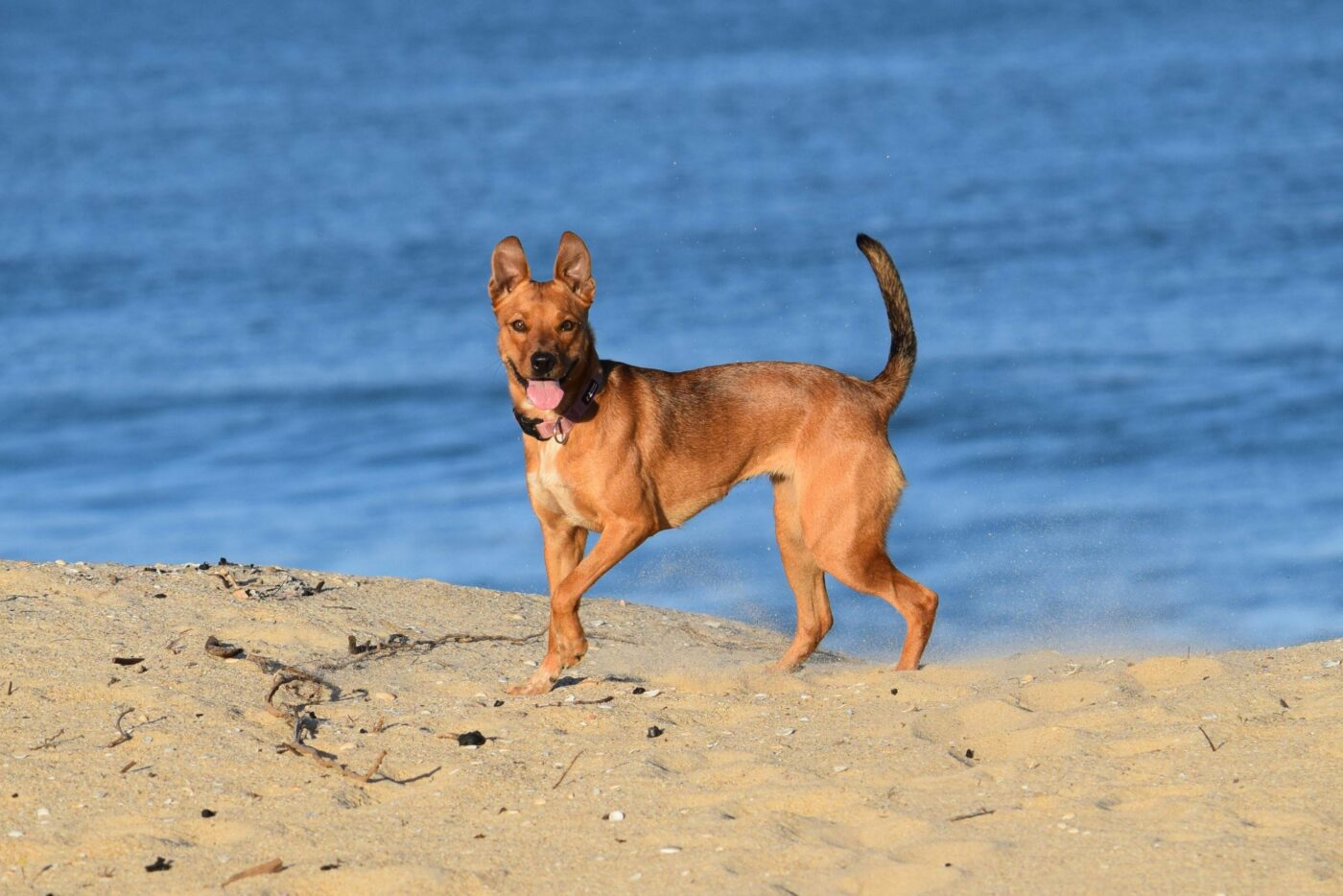 Shutterstock
Shutterstock
The butt wiggle can be thought of as a dog’s version of a happy dance. Just like humans might shimmy or sway when feeling joyful, dogs express their happiness through their wiggling rear ends. This playful behavior showcases their exuberance in life and the moments that make them happiest. Whether it’s a walk in the park, a new toy, or simply spending time with their favorite person, the butt wiggle encapsulates their zest for life, making every interaction feel special.
A Unique Canine Trait
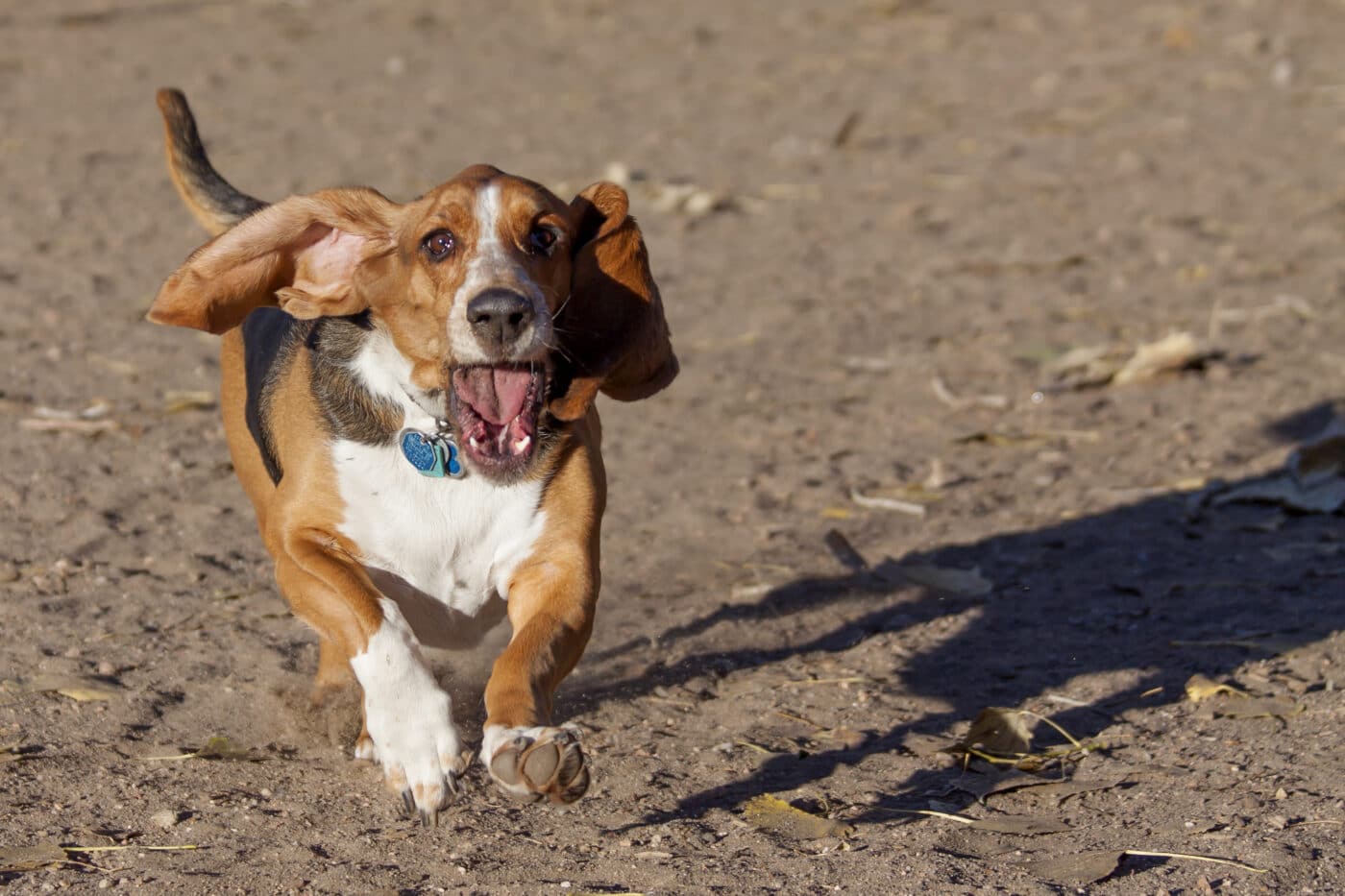
Each dog has its unique personality, and some may wiggle their butts more than others. B breed, temperament, and individual quirks affect how a dog expresses itself. Some breeds, like the Basset Hound, might have a more reserved style, while others, like the Jack Russell Terrier, may wiggle with boundless energy. Understanding that each dog’s expression of joy is different allows owners to appreciate the individuality of their pets. Embracing these unique traits makes the bond between humans and dogs even more special.
The Science of Canine Emotions
 Shutterstock
Shutterstock
Recent studies have begun to explore the science behind canine emotions and how they express them. Researchers have found that dogs experience various emotions like humans, including happiness, excitement, and affection. The butt wiggle is one of many ways dogs communicate their feelings. This understanding deepens the appreciation for canine behavior, highlighting dogs’ emotional intelligence and capacity to form strong connections with their owners.
When Butt Wiggling Goes Awry
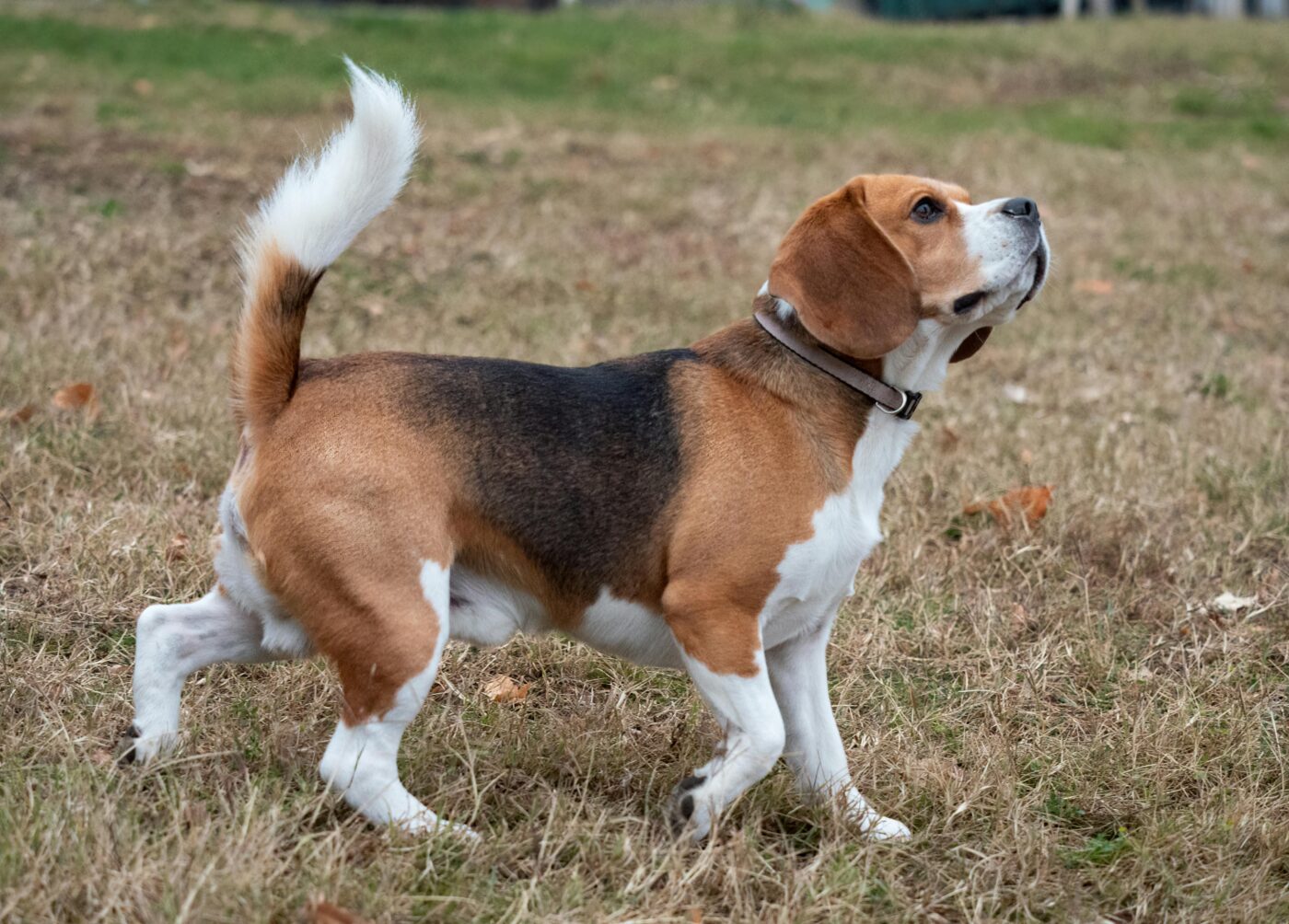 Shutterstock
Shutterstock
While butt wiggling is generally a sign of happiness, there are times when it can indicate other emotions. If a dog is wiggling its butt while showing signs of anxiety or fear, it may be a signal that something is wrong. Observing the context and other body language cues is crucial for understanding the dog’s emotional state. Recognizing when the butt wiggle is a sign of discomfort or anxiety allows owners to provide the necessary support and reassurance, ensuring their pet feels safe and secure.
The Importance of Understanding Dog Behavior
 Shutterstock
Shutterstock
Understanding why dogs wiggle their butts more than their tails is essential for fostering a strong bond between humans and their furry friends. By recognizing the motivations behind this behavior, owners can respond appropriately to their dogs’ needs and emotions. This knowledge enhances the relationship between dogs and their owners and contributes to a greater understanding of canine behavior as a whole. Appreciating these little quirks brings joy to pet ownership, making every interaction feel meaningful and special.
Wiggle Your Way to Happiness
 Shutterstock
Shutterstock
Dogs and their adorable butt wiggling are a delightful aspect of pet ownership that brings joy to countless households. This charming behavior showcases their happiness, excitement, and willingness to connect with others. So the next time you see your dog wiggling with enthusiasm, take a moment to appreciate the love and joy they bring into your life. After all, who wouldn’t want to embrace a little extra wiggle and joy? Life is too short not to join in on the fun—wiggle along with your furry friend!
 Toledo, United States.
Toledo, United States.